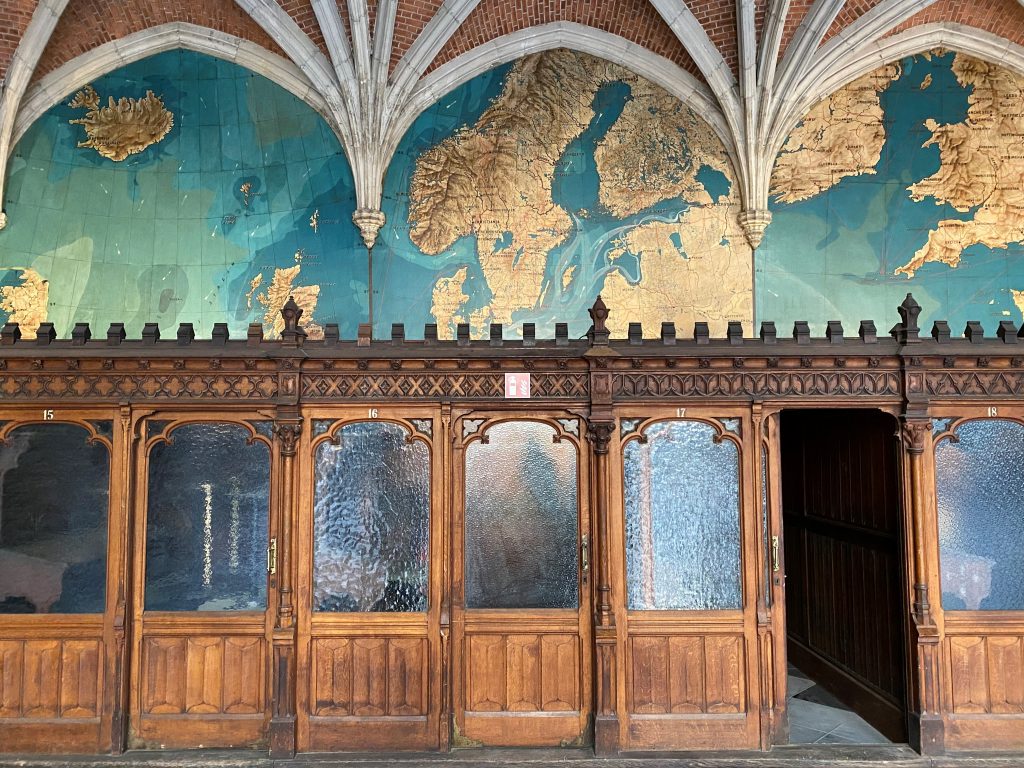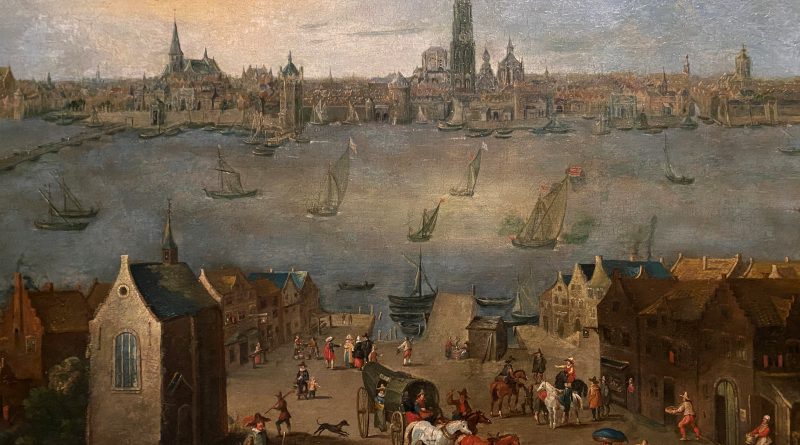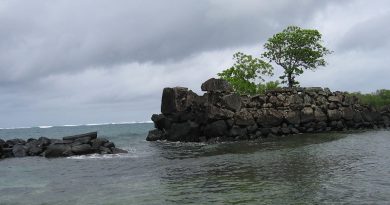Antwerp – A History
The Port of Antwerp is one of the biggest in the world, ranking second in Europe. and within the top 20 globally. The city is also known for its diamond industry and trade. Both economically and culturally, Antwerp is and has long been an important city in the Low Countries,
Antwerp is on the River Scheldt, linked to the North Sea by the river’s Westerschelde estuary. It is about 40 kilometres north of Brussels, and about 15 kilometres south of the Dutch border.
After the silting-up of the Zwin and the consequent decline of Bruges, the city of Antwerp, grew in importance. At the end of the 15th century the foreign trading houses were transferred from Bruges to Antwerp, Antwerp became the sugar capital of Europe, importing the raw commodity from Portuguese and Spanish plantations on both sides of the Atlantic.
The city attracted Italian and German sugar refiners by 1550, and shipped their refined product to Germany, especially Cologne.
Antwerp’s Golden Age is tightly linked to the “Age of Exploration”. During the first half of the 16th century Antwerp grew to become the second-largest European city north of the Alps.
Many foreign merchants were resident in the city. Hundreds of ships would pass in a day, and 2,000 carts entered the city each week.
Portuguese ships laden with pepper and cinnamon would unload their cargo.”It is estimated that the port of Antwerp was earning the Spanish crown seven times more revenues than the Spanish colonization of the Americas”

By 1504, the Portuguese had established Antwerp as one of their main shipping bases, bringing in spices from Asia and trading them for textiles and metal goods.
The city’s trade expanded to include cloth from England, Italy and Germany, wines from Germany, France and Spain, salt from France, and wheat from the Baltic. The city’s skilled workers processed soap, fish, sugar, and especially cloth.
The Bourse of Antwerp, originally built in 1531 and re-built in 1872, was the world’s first purpose-built commodity exchange. It was founded before stocks and shares existed, so was not strictly a stock exchange.
Moneylenders and financiers developed a large business lending money all over Europe. Antwerp had a highly efficient bourse that itself attracted rich bankers from around Europe.
Antwerp became “the centre of the entire international economy, something Bruges had never been even at its height.”Antwerp was the richest city in Europe at this time.
The economy of Antwerp was foreigner-controlled, which made the city very cosmopolitan, with merchants and traders from Venetian Republic, Republic of Genoa, Republic of Ragusa, Spain and Portugal. Antwerp had a policy of toleration, which attracted a large Jewish community composed of migrants from Spain and Portugal.
Banks helped finance the trade, the merchants, and the manufacturers. The city was a cosmopolitan center; its bourse opened in 1531, “To the merchants of all nations.”
Antwerp experienced three booms during its golden age: the first based on the pepper market, a second launched by American silver coming from Seville (ending with the bankruptcy of Spain in 1557), and a third boom, after the stabilising Treaty of Cateau-Cambresis in 1559, based on the textiles industry. At the beginning of the 16th century Antwerp accounted for 40% of world trade.
Amsterdam replaced Antwerp as the major trading center for the region after the Dutch War of Independence from Spain




